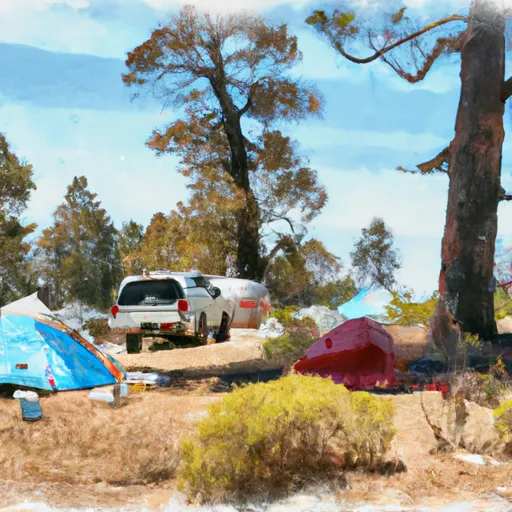Summary
The area is home to many species of fish, including rainbow trout, brown trout, largemouth bass, and catfish. Anglers can also find carp, bluegill, and crappie in the river.
The nearby area offers plenty of activities for outdoor enthusiasts, including hiking, camping, and birdwatching. There are several parks and nature reserves where visitors can explore the beautiful scenery and wildlife.
For fishing in the Santa Ana River, anglers should use lightweight spinning or fly fishing gear. Artificial lures and live bait are both effective for catching a variety of fish species. It is also important to bring a valid California fishing license and follow all regulations set by the California Department of Fish and Wildlife.
The best time to visit the Santa Ana River for fishing is from late fall through early spring. During this time, the temperatures are cooler, and the fish are more active. Average temperatures range from the mid-50s to low 60s Fahrenheit.
Overall, the Santa Ana River is a great fishing destination for anglers of all skill levels. With plenty of fish species to target, beautiful scenery, and nearby activities, it is a must-visit location for anyone who loves the outdoors.
Weather Forecast
Nearby Streamflow Levels
Angling Safety Guidelines
Check local fishing rules, seasons, size limits, and license requirements to ensure legal and sustainable angling.
Handle Fish Responsibly
Use wet hands, minimize air exposure, and release fish gently to improve survival rates when practicing catch-and-release.
Choose the Right Gear
Match your rod, line, and tackle to the species and conditions to increase success and reduce unnecessary harm to fish.
Respect the Waterway
Avoid disturbing habitat, prevent bank erosion, and keep a safe distance from spawning areas to protect ecosystems.
Keep It Clean
Pack out all line, hooks, bait containers, and trash—discarded gear can injure wildlife and degrade waterways.
Related Links
Area Campgrounds
| Location | Reservations | Toilets |
|---|---|---|
 East Flats
East Flats
|
||
 South Fork Family Campground
South Fork Family Campground
|
||
 Lobo Group Campground
Lobo Group Campground
|
||
 Oso Group Campground
Oso Group Campground
|
||
 San Gorgonio
San Gorgonio
|
||
 San Gorgonio Campground
San Gorgonio Campground
|

 Santa Ana River - South Fork
Santa Ana River - South Fork
 Big Bear Lake
Big Bear Lake
 Mill Creek
Mill Creek
 Holcomb Creek
Holcomb Creek






 Jenks Lake - Dam
Jenks Lake - Dam
 Sugarloaf Park
Sugarloaf Park
 Big Bear City Park
Big Bear City Park
 Meadows Edge Park
Meadows Edge Park
 Grout Bay Park
Grout Bay Park
 Dana Point Park
Dana Point Park